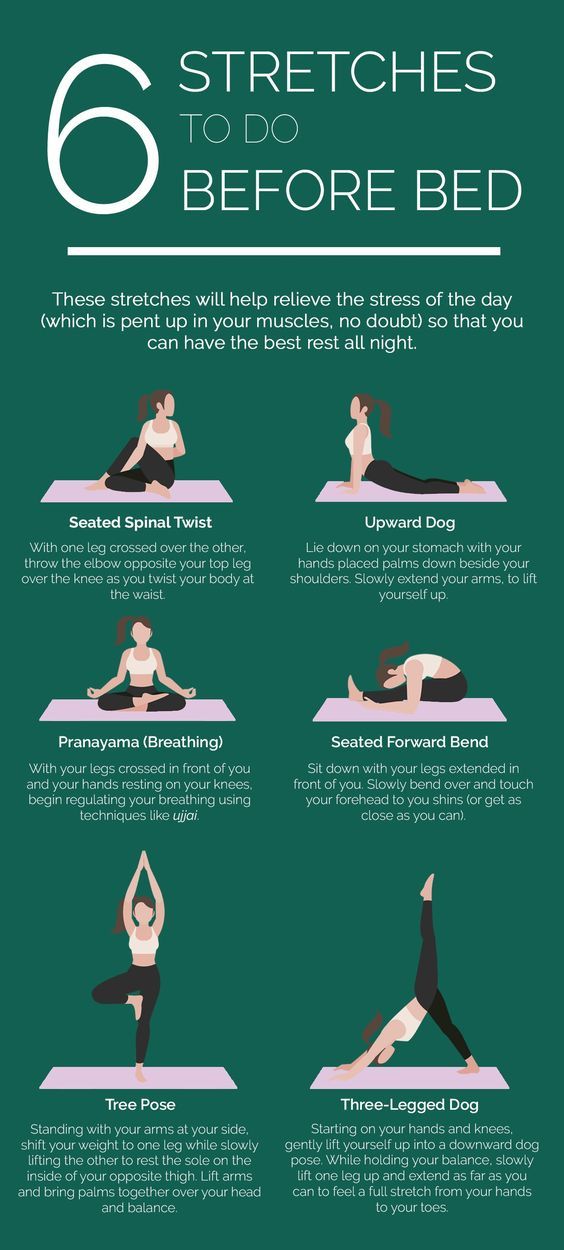
There are many forms of Hatha yoga. The most common forms are Ashtanga and Iyengar. Each has its own benefits, including lower blood pressure at rest. Both are physically demanding, and require both flexibility and strength. These styles are also influenced by other types of movement like dance and martial. It is a good idea to start by finding a class at a gym or yoga studio that offers both these styles.
The B.K.S. The Iyengar style emphasizes physical alignment. Because of the strict teachings of Iyengar, this style is sometimes called "drill sergeant"-like. This style of yoga often uses props to better position students and allows them to hold positions for longer periods of their choosing. This style of hatha yoga is great for beginners.

Tree pose is a popular pose in modern Hathayoga. Although this pose may seem daunting to a beginner, it is actually quite easy for all levels. This posture encourages presence and focus. This posture activates energy of grounding or udana viyu and elevates consciousness. The seated spine twist is another popular variation. This pose realigns vertebrae, opens the hips, and raises the chest.
Iyengar yoga, which traces its roots to the Hindu spiritual teacher Swami Sivananda, was one of the earliest forms of hatha yoga. The classes begin with a relaxing position called savasana, and progress to breathing exercises. This practice is easy to learn and can improve your overall health. Because it can be performed by everyone, it's a great option for anyone of any age and ability.
The eightfolds of yoga are an integral system of body, mind, and spirit. It is believed to aid people in reducing their energy and consciousness, which allows them to live in harmony the world around. Hatha yoga's main goal is to bring the mind and bodies together through breathing. By focusing on the breath, the mind and body become connected, enabling the entire body to function as a unit.

Vinyasa refers to another type of Hatha yoga. This style involves linking the same postures. The practice is performed by repeated movements linked to the breath. As a result, most vinyasa teachers use variations and sequencing to make the poses flow smoothly from one to the next. This type hatha yoga has a simple learning curve. You will need to be able to perform the asanas.
FAQ
What causes mental health problems in adolescents?
Adolescence is when we develop our identities. We start to define who we are as individuals and how we fit into society.
This is a time when we make new friendships and have romantic relationships. These experiences can cause stress.
Although stress is natural, it's important to seek treatment if you are experiencing excessive stress.
Although you may think you can handle it all on your own sometimes you need someone to talk to.
Your friends and family members can provide support during times of stress. They can also help you learn ways to deal with stress.
You could try meditation or exercise. Both can reduce stress.
You could also join a church or sports team. You will make new friends and meet new people.
What are some examples for mental-emotional disorders?
Any condition that causes severe distress or impairment in functioning is considered a mental disorder. Some examples of mental disorder include anxiety, depression, schizophrenia.
How can I improve my mental wellbeing?
It is vital to maintain mental health, especially for those who are stressed from school, work, and family. Regular exercise, healthy eating, quality sleep, and spending time with loved ones are the best ways to improve your mental well-being. Exercise can increase endorphins, which make us happier. Eating healthy foods also helps our bodies function properly. A good night's sleep will give you energy throughout the day. Spending quality times with loved one improves relationships and reduces stress.
Statistics
- More than 50% will be diagnosed with a mental illness or disorder at some point in their lifetime.3 (cdc.gov)
- Appropriate nutrition and exercise are likely among the most efficacious and cost-effective positive mental health interventions. (ncbi.nlm.nih.gov)
- It means no drinking any alcoholic beverages and no taking any drugs that aren't 100% natural.
- More than 40 million adults in the United States have an anxiety disorder, but less than 37% of people seek mental health treatment for their symptoms. (talkspace.com)
- It does have some influence, but not nearly as much as we might think, so focusing less on attaining wealth will likely make you happier (Aknin, Norton, & Dunn, 2009); (positivepsychology.com)
External Links
How To
How to Manage Stress
Stress is a natural part of our lives. But when we feel stressed, it's important to find ways to relax. Stress can affect all aspects of your lives. Stress can lead to physical problems like headaches, neck pain and back pain, as well as stomach aches, constipation. You may even develop ulcers if you're under chronic stress.
There are many options to reduce stress. Exercise helps you release endorphins, which make you happy, relaxed, and calm. Meditation reduces stress levels by helping you slow down and take deep breaths. Yoga is another way to reduce stress levels and improve your overall health.
Learning how to manage stress and eliminating it completely is the best way to manage it. Ask someone who does.